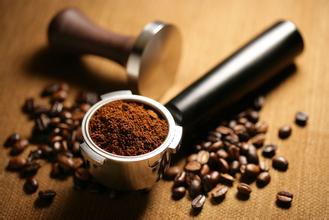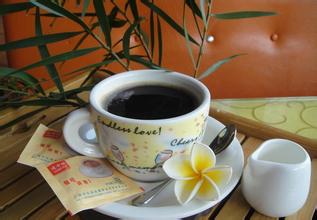Introduction to the flavor of Costa Rican coffee with bright and various supple fruit acids
Palate: bright and varied soft fruit acids, such as oranges, berries, raspberries, etc., which softens and brings sweetness on the palate, with a rich caramel-like Body. In the middle, there are sweet hazelnuts, sweet spices, fudge, stiff flowers and cool flowers in the nose, melons, almonds, sweet limes, sun-dried fruits, roasted nuts and chocolate, full overall flavor, long-lasting and changeable finish, especially the sweetness of spices. Shenhua Manor is located at the highest point of Tarrazu, Sunnyside (Sunshine Section). It is the area where the first ray of sunlight is received at sunrise. It is called LIano Bonito of Leon Cortes in western languages. The manor has varieties of coffee grown with Bourbon, Geisha, Caturra and Catuai, which are treated with 100% water washing, honey treatment and natural sun treatment. The coffee beans of Shenhua Manor are processed by the well-known Tangmeo processing plant in Costa rica. it is good at improving the quality of coffee and retaining its uniqueness, that is, the different flavors caused by their respective microclimates, such as altitude, soil, rainfall, temperature, temperature and so on. the aim is to grow, harvest, post-produce and export high-quality coffee in harmony with the environment. Shenhua Manor uses very strict standards to control the growing environment and processing process of coffee, which is very strict! Maria Auxiliadora Bonilla, the daughter of the farm operator, is a barista and a Costa Rican WBC champion in 2013. they have a professional coffee cup testing laboratory, and each batch of raw beans goes through the cup test to confirm that the flavor is impeccable!
Coffee 36 flavors: almond, cream, dark chocolate, black vinegar millet, honey, lemon and citrus, caramel

Important Notice :
前街咖啡 FrontStreet Coffee has moved to new addredd:
FrontStreet Coffee Address: 315,Donghua East Road,GuangZhou
Tel:020 38364473
- Prev

Introduction to the Andean Mountains in the main cultivated areas of coffee trees in Colombia
The main varieties of Colombian coffee are small grains of coffee. Plants are small trees or large shrubs, 5-8 m tall, usually much branched at base; old branches gray-white, nodes dilated, young branches glabrous, compressed. Leaves thinly leathery, ovate-lanceolate or lanceolate, 6-14 cm long and 3.5-5 cm wide, tip long acuminate, acuminate part 10-15 mm long, base cuneate or slightly obtuse, rarely rounded, entire or
- Next

Introduction to the flavor of Salvadoran coffee with fragrant, pure and slightly sour taste
El Salvador's Cuspa region is rich in coffee beans, which are lighter in weight, fragrant, pure and slightly sour. Like Guatemala and Costa Rica, Salvadoran coffee is graded according to altitude, and the higher the altitude, the better the coffee. The best brand is Pip, whose quality has been recognized by the American Organic Certification Society. Another kind of rarefaction
Related
- Does Rose Summer choose Blue, Green or Red? Detailed explanation of Rose Summer Coffee plots and Classification in Panamanian Jade Manor
- What is the difference between the origin, producing area, processing plant, cooperative and manor of coffee beans?
- How fine does the espresso powder fit? how to grind the espresso?
- Sca coffee roasting degree color card coffee roasting degree 8 roasting color values what do you mean?
- The practice of lattes: how to make lattes at home
- Introduction to Indonesian Fine Coffee beans-- Java Coffee producing area of Indonesian Arabica Coffee
- How much will the flavor of light and medium roasted rose summer be expressed? What baking level is rose summer suitable for?
- Introduction to the characteristics of washing, sun-drying or wet-planing coffee commonly used in Mantenin, Indonesia
- Price characteristics of Arabica Coffee Bean Starbucks introduction to Manning Coffee Bean Taste producing area Variety Manor
- What is the authentic Yega flavor? What are the flavor characteristics of the really excellent Yejasuffi coffee beans?

